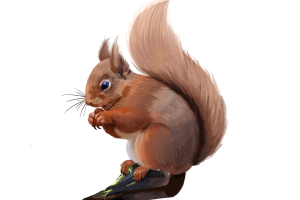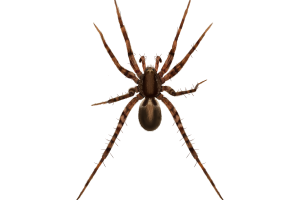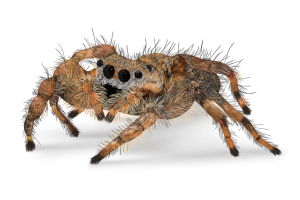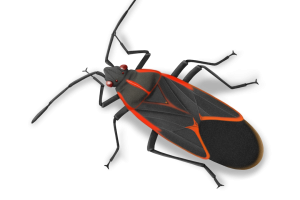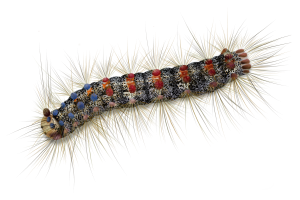Moisture ants are a group of ants that are attracted to damp or moist environments. Here are some ways to identify moisture ants:
- Habitat: Moisture ants are typically found in areas where moisture is present, such as near leaky pipes, damp basements, or in the soil around homes and buildings. They are commonly found nesting in soil, under rocks or logs, and in other dark, damp locations.
- Appearance: Moisture ants come in different species but are generally small to medium-sized ants. Depending on the species, they can range in colour from brown to black to yellow. Some common moisture ant species include the velvety tree ant and the yellow ant.
- Behaviour: Moisture ants are attracted to sweet foods and liquids, so they may be seen foraging in kitchens or around areas where food is stored. They are also known to swarm when the colony is disturbed.
- Nesting habits: Moisture ants typically nest in soil but can also nest in wall voids or other areas where moisture is present. They are often nest near water sources, such as leaky pipes or damp wood.
If you are unsure if you have moisture ants or another type of ant infestation, consulting with a pest control professional may be helpful. They can identify the ant species and recommend appropriate action to eliminate the infestation.

